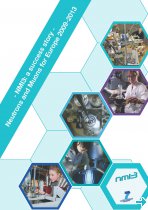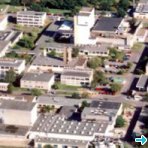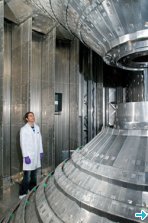NMI3´s News Feed
News from NMI3 and the neutron and muon worlds
To read our newsletter please click here.
We're no longer producing NMI3 newsletters.
We also post our news on Facebook, Twitter, and LinkedIn.
If you are looking for our LOGO or banner, please check the bottom of this page.
My tour of member facilities: filming and fun at ISIS
By Juliette Savin, Information Manager
The second stop on my tour of European neutron and muon facilities was ISIS. My plan while there was to meet and film Joint Research Activities members and take part in the Friends and Family activities. Read more
My tour of member facilities - first stop: HZB
By Juliette Savin, Information Manager
Over the next few months, I will be visiting the European facilities that are part of NMI3´s Access programme. My aim in doing so is to finally put a face to the people I am in contact with every day (and haven´t yet met at NMI3 meetings or other conferences), to film, take pictures and interview our Joint Research Activities members for my JRA series of videos. Read more
Bombannes school - deadline approaching
The deadline for pre-registration for the Bombannes summer school is February 2012! Read more
2nd Illustrating NMI3 picture competition
Do you like taking photos? Do you want to show the world where you work and what you do? Do you want to contribute to NMI3´s effort to disseminate the work being done in neutron and muon facilities across Europe?
This is your chance!
You have until February 20th 2012 to send us up to three good pictures of your instrument, your experimental set-up, your results, or your colleagues! Read more
Shortages spur race for helium-3 alternatives
By Jon Cartwright, Chemistry World
The Japan Proton Accelerator Research Complex (J-PARC), based in Tokai, was supposed to be one of the leading facilities of its kind, allowing an unprecedented view of microstructures in the life and physical sciences. But when the $1.5 billion (£1 billion) facility opened in 2009, it was missing something important: helium-3, a neutron-detector material. Thanks to a global shortage, which came to light the year before, availability of helium-3 has plummeted while prices have skyrocketed. Read more






